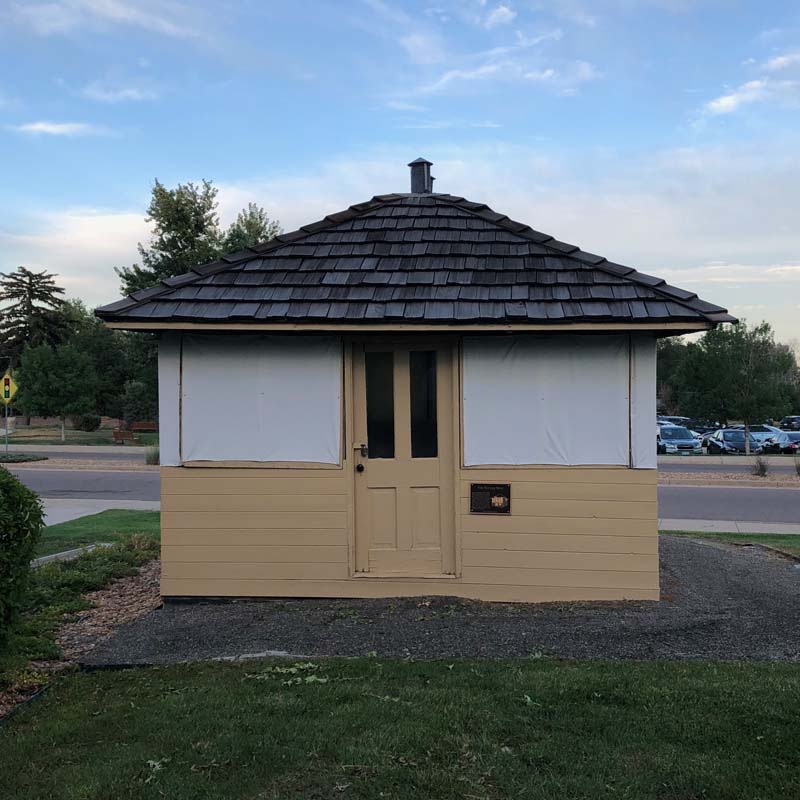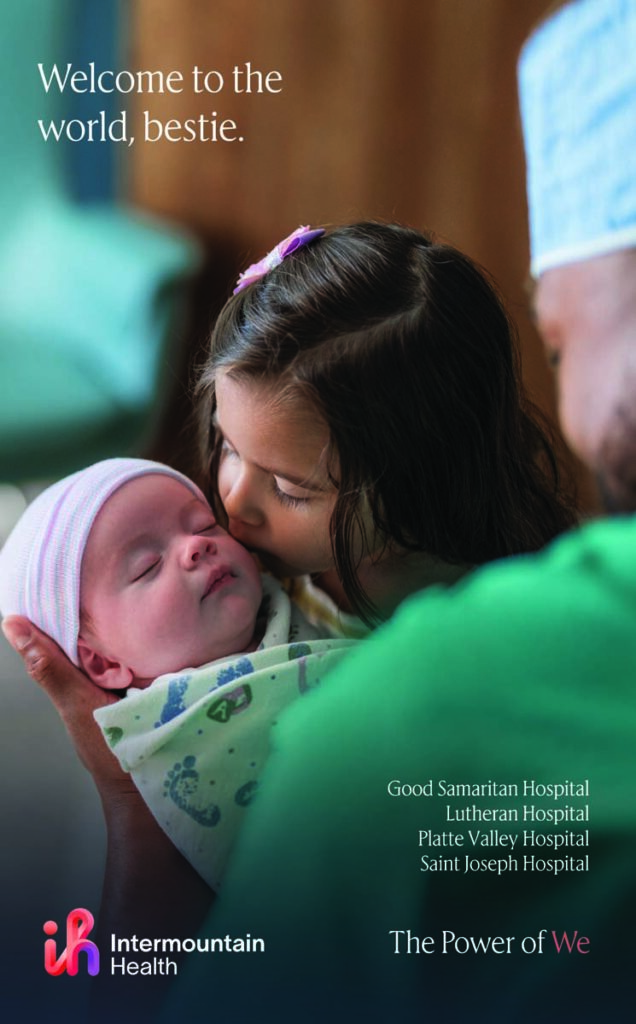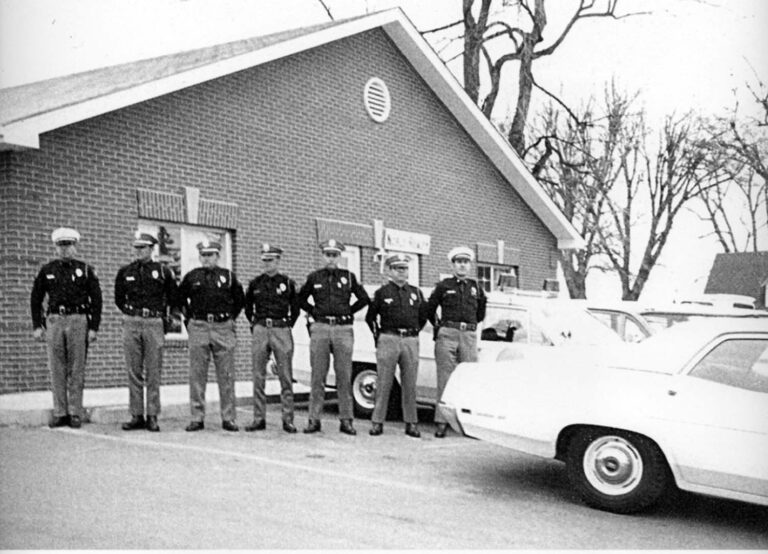A literature professor I had in college once asked the class if anyone knew why Edgar Allen Poe was so enamored of beautiful dead women. His thoughts on the matter were chilling. Poe’s mother was a young single parent who suffered from tuberculosis. As the disease overtook Eliza Poe, she could no longer work as an actress and had no money for babysitters, so little Edgar stayed locked in her pauper’s room with her. In her final days the coughing fits caused blood vessels in her face to burst, giving her an ugly, blotchy, swollen complexion. When she finally succumbed, Edgar must have watched in amazement as the blood drained back from the surface, and she became beautiful again. The story certainly explains Poe’s fascination with death, but it also highlights just how horrible tuberculosis could get. Before tuberculars died, they suffered – often for years.
Treatments have varied through the ages, but two constants seemed to be fresh air and rest. So, it’s no surprise that thousands flocked to Colorado in the late 1800s – nearly all of them bringing a contagious disease, easily passed to others through airborne droplets or by touching contaminated surfaces. Many consumptives ended up homeless, wandering the streets of Denver, hacking and spitting as they went. Once doctors realized “tubercle bacillus” could live for weeks in sputum spat in public places, the legislature was quick to outlaw spitting in the streets, a law that stayed in the books for decades.
The area we now call home became the center of the universe for some tuberculars, once the Lutherans purchased the farmhouse now known as the Blue House and set up a “tent city” sanitarium in 1905.
Life in that colony of 15 Tucker Tents – “the best health tent money could buy” – had to be brutal when January winds howled. Tents had large canvas windows and screen soffits for constant air flow. Furnishings included a bed, rocker, desk and a coal-burning stove. Patients were issued wool blankets. Orders to observe complete bed rest were coupled with encouragement to breathe in the bracing, cold air to “toughen up.” Old photos show sanitarium staff removing several inches of snow in order to deliver meals. It must have taken an abundance of faith to make it through to the spring thaw; then, summer brought its own challenges. TB patients believed in medical science of the day, which indicated the only path to health was through constant fresh air (no matter what temperature), plenty of bed rest and nutritious food. Adherence to the rules worked in many cases and patients improved, but for some it took years.
Eventually, medical advancements, especially the invention of streptomycin, relieved both the patients and the need for a designated facility. Lutheran Sanitarium grew to become Lutheran Hospital. How fortunate we are that we still have the Blue House and the last Tucker Tent still standing, both on the Lutheran campus. They are important parts of our history and physical proof of our heritage as a center for healing.
Learn more at our website: WheatRidgeHistoricalSociety.org, check our Facebook page, or email us at: WRHistorical@gmail.com






